World building, the horrid and the absurd
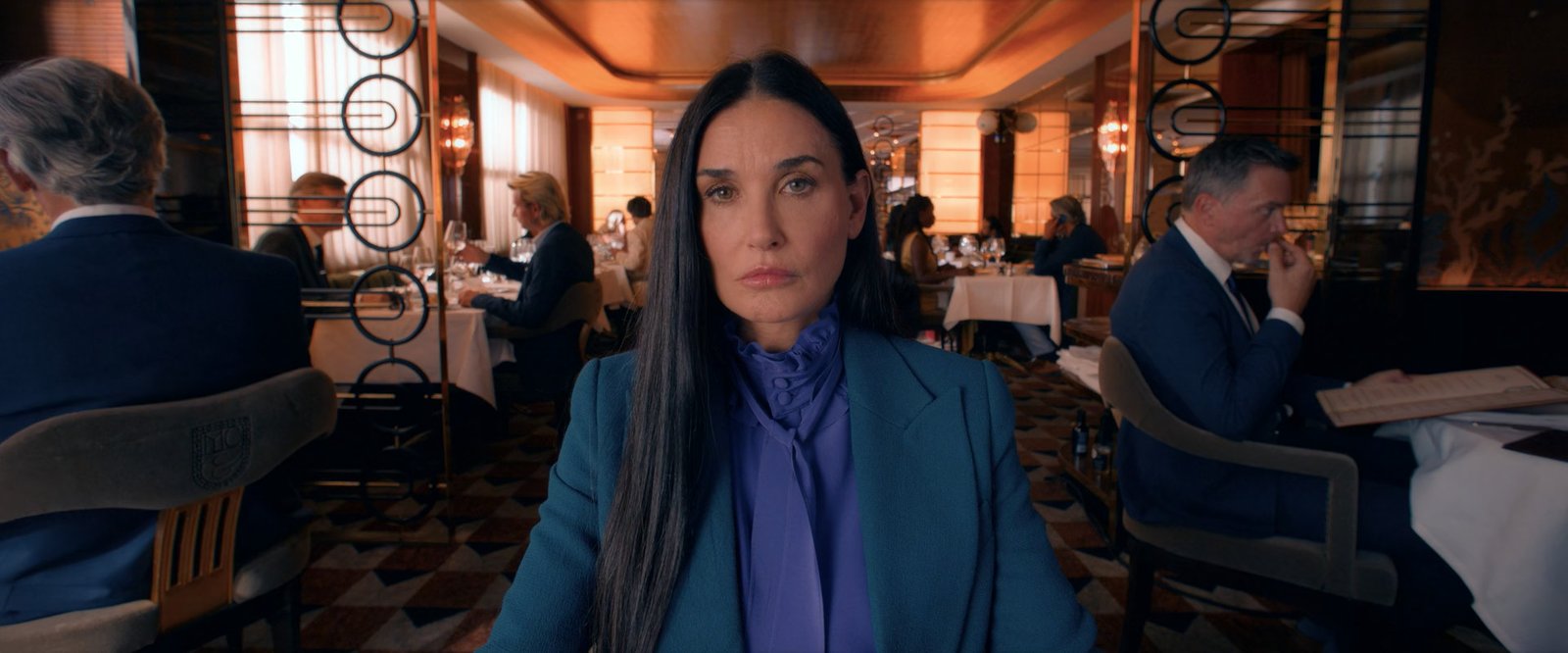
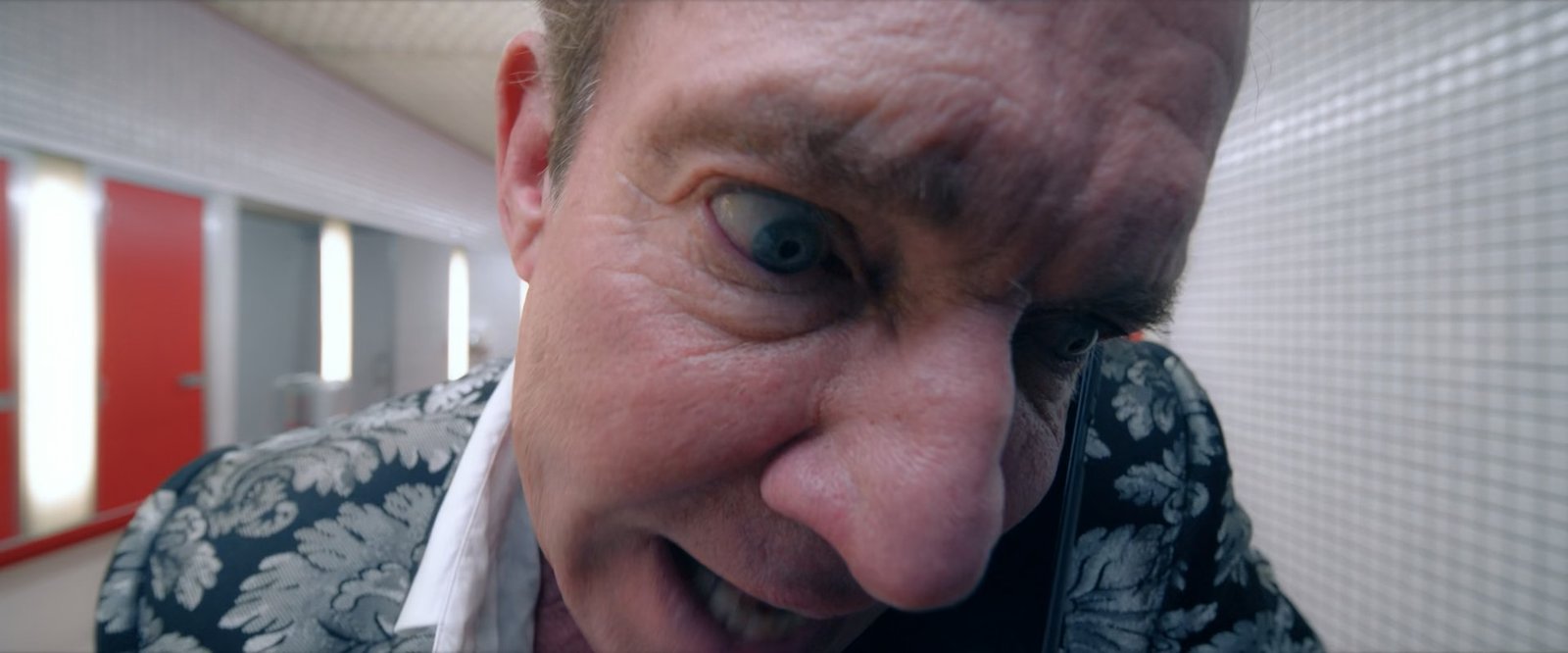
I’m not a watcher of horror, and certainly not of body horror. I’d say encounters with cinematic horror, and certainly gore, have been a reliable source of regret for me.
I still vividly remember a rare, truly haunting scene in an episode of Midsommer Murders that I watched age seven or eight. I was eleven when I snuck into Saw IV at the cinema, something in me was drawn to the idea of being able to endure awful things. I left the theatre feeling sick and lonely. Around that same time, a friends mum put Pan’s Labyrinth on for us, all of us under the illusion of it being a ‘family friendly’ affair. She left us to it and we were swept into the fantasy world Guillermo del Toro had created. Right up until the scene. The one where Vidal smashes a rebel’s face in with a bottle or the butt of a handgun — I can’t remember which and I don’t intend on finding out. I couldn’t eat after that.
Those images lingered in my memory for a decade or more, often re-appearing in the cinema of the mind just as I was falling asleep, making a small but meaningful contribution to the chronic insomnia of my teens.
So it was with light trepidation that I sat down to watch Coralie Fargeat’s The Substance (2024) with Kyle and Jessey tonight. Jessey, who’s watched over two-hundred-and-thirty films this year, has it in his top two and was watching it for a third time.
My doubts proved founded and unfounded. I’m very glad to have seen it. Why?
The world building is something special. The use of a medley of heavily stylised aesthetics to show Elisabeth’s desperate nostalgia of self, the anguish of aging as a woman in this world we’ve built; the unconventional cinematography as an effective tool for un-mooring the viewer from any expectation of reality and therefore expanding what the viewer is ready to accept; there being very little in the way of explicit exposition in the film, a particular relief when so much media is going the other way, dumping masses of world building into poorly written character dialogue. In fact there is very little dialogue at all.
Using these tools, Fargeat quickly establishes trust. In the first hour she doesn’t waste a moment1, every ounce of every shot has earned its place, giving you only what you need to understand the world she has built and nothing else. The viewer is respected, so the work is respected.
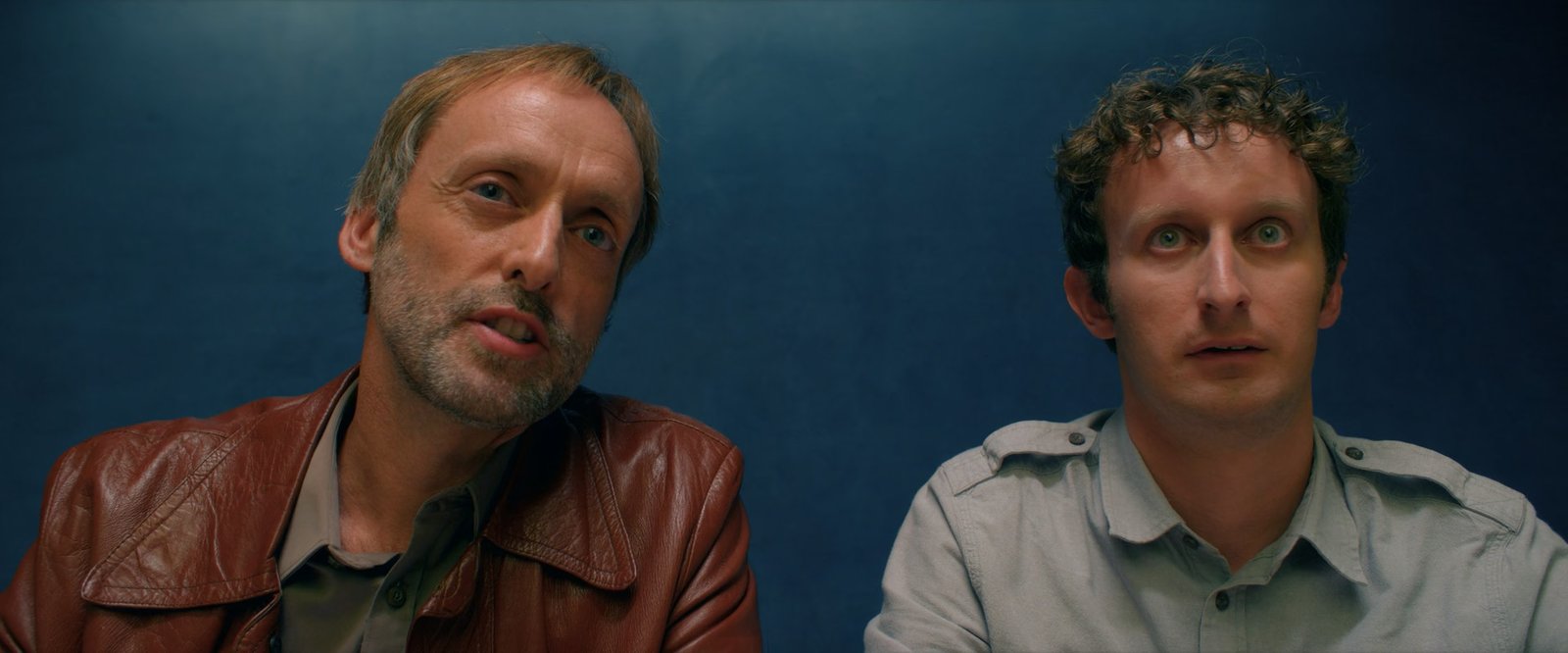
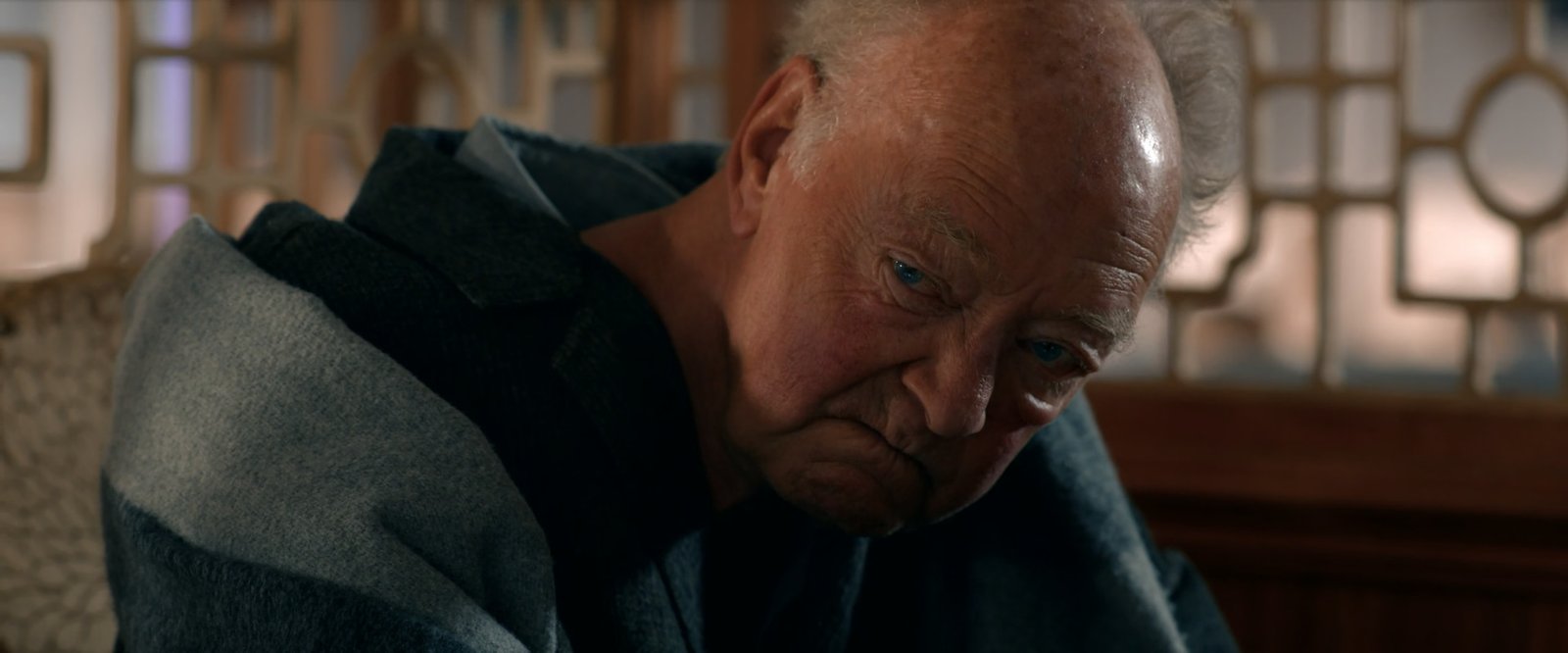
The casting was superb, without much to fault. Demi Moore and Dennis Quaid really sell the whole film. Margaret Qualley is very good, but didn’t feel irreplaceable in the way that Moore and Quiad did. Moore in particular is striking in always giving great performances without inadvertently creating too much character, allowing Elisabeth to maintain a sort of blankness into which the films central cultural critique can be injected, rather than have it fall on too narrow an archetype. The seeming ease with which this is carried off is testament to both Moore and Fargeat.
Fargeat uses nudity extensively but tactfully, showing Elisabeth and Sue as vulnerable, only erotic when it adds, never stooping to pandering.
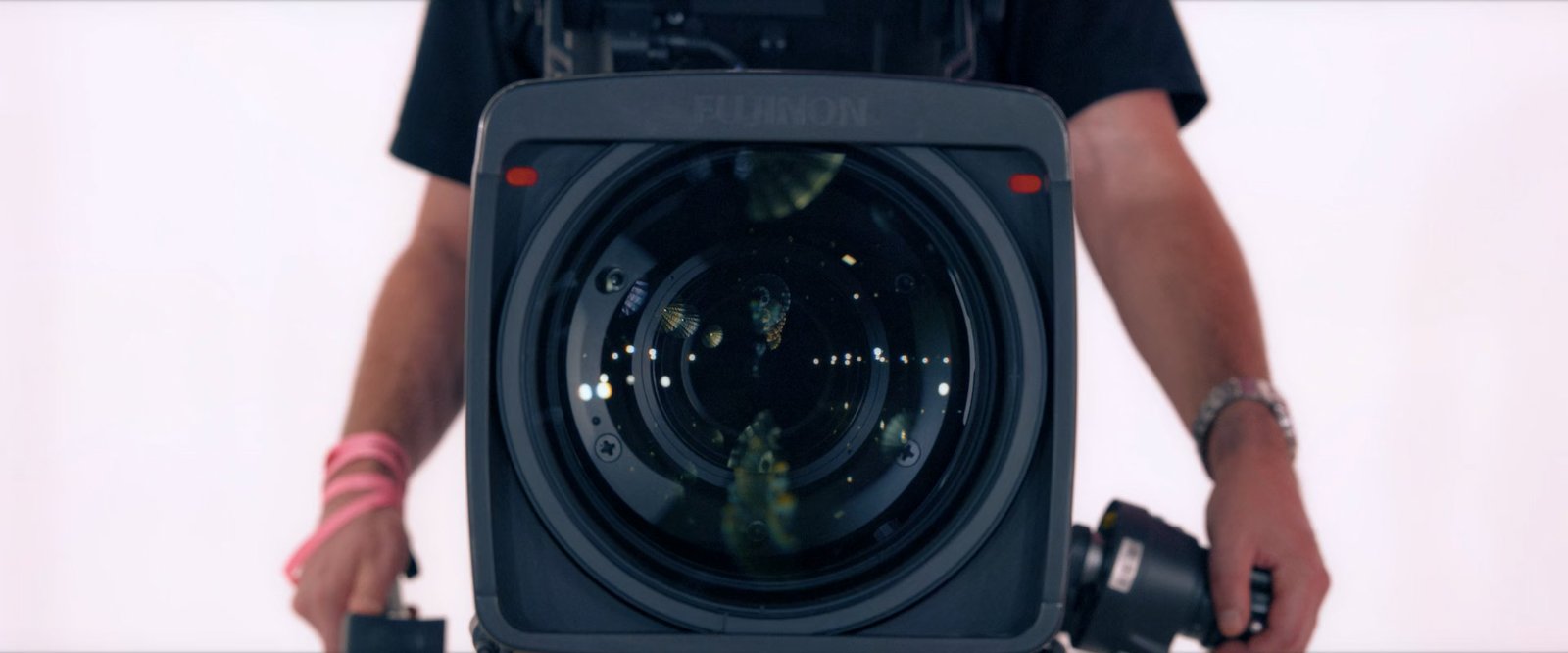
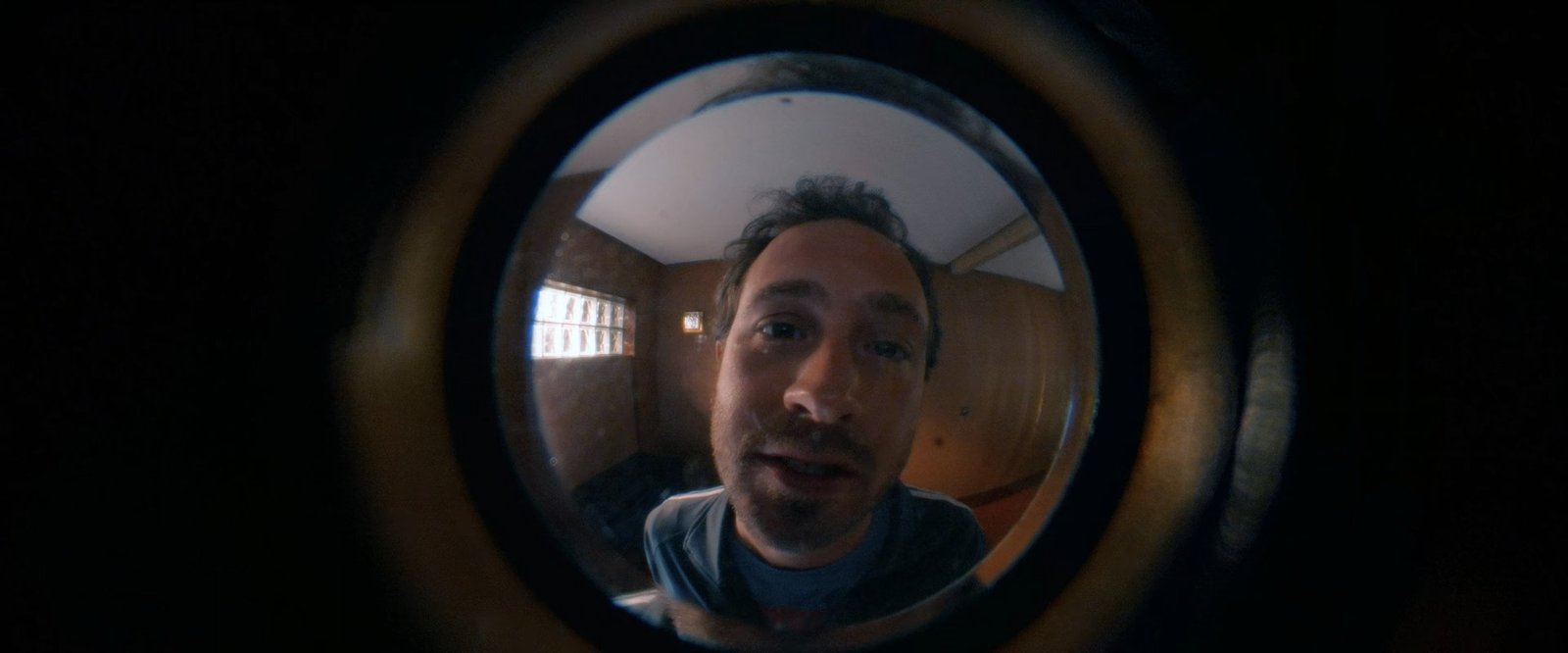
In terms of cinematography and visual exposition the film feels hugely and beautifully referential, openly acknowledging the influences of Quentin Tarantino (Jackie Brown, Once Upon a Time in Hollywood), Mary Harron (American Psycho), Ridley Scott (Blade Runner), Stanley Kubrick, Edgar Wright, possibly Yorgos Lanthimos (Poor Things), and others too. The references to the The Matrix prompted me to consider whether this might in some way emerge as a Red Pill/Blue Pill landmark for some women, in the way that the Wachowski’s world has for some men.
It’s visceral engagement with our cultural addiction to visible beauty above all else shares a truth with my reckoning with the role of photography, how the camera insulates and isolates us from one another (See Reality in the second degree?).
On balance, the first hour of the film is extraordinarily tight and compelling but the second half, while never ceasing to be engaging, doesn’t feel necessary. The result, a very good film, but a little short of great.
Still, I must be clear: This is a good and powerful film. If I am dissatisfied, it is because it contains the promise of being more than it is.
— Roger Ebert, reviewing American History X, Chicago Sun-Times, 1998
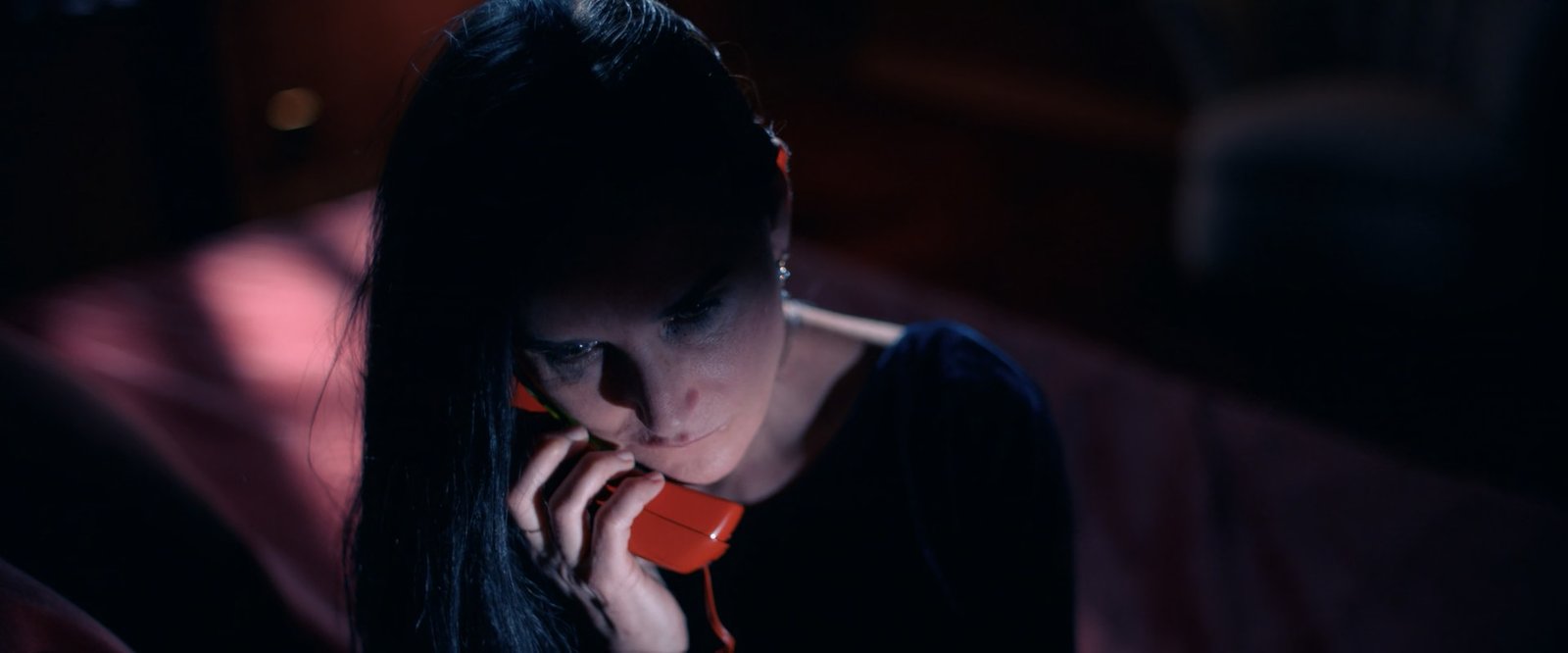
-
I’ll make one caveat to the “no wasted moment” praise, the Hollywood Star scene — more or less a (very) short film in it’s own right — feels unnecessary. The only moderately compelling argument I can think of for it being in the film is that it immediately sets up the film to be an overtly over the top affair, but the following scene could have done that just as well, so I’d say it weakens rather than strengthens the whole.↩︎